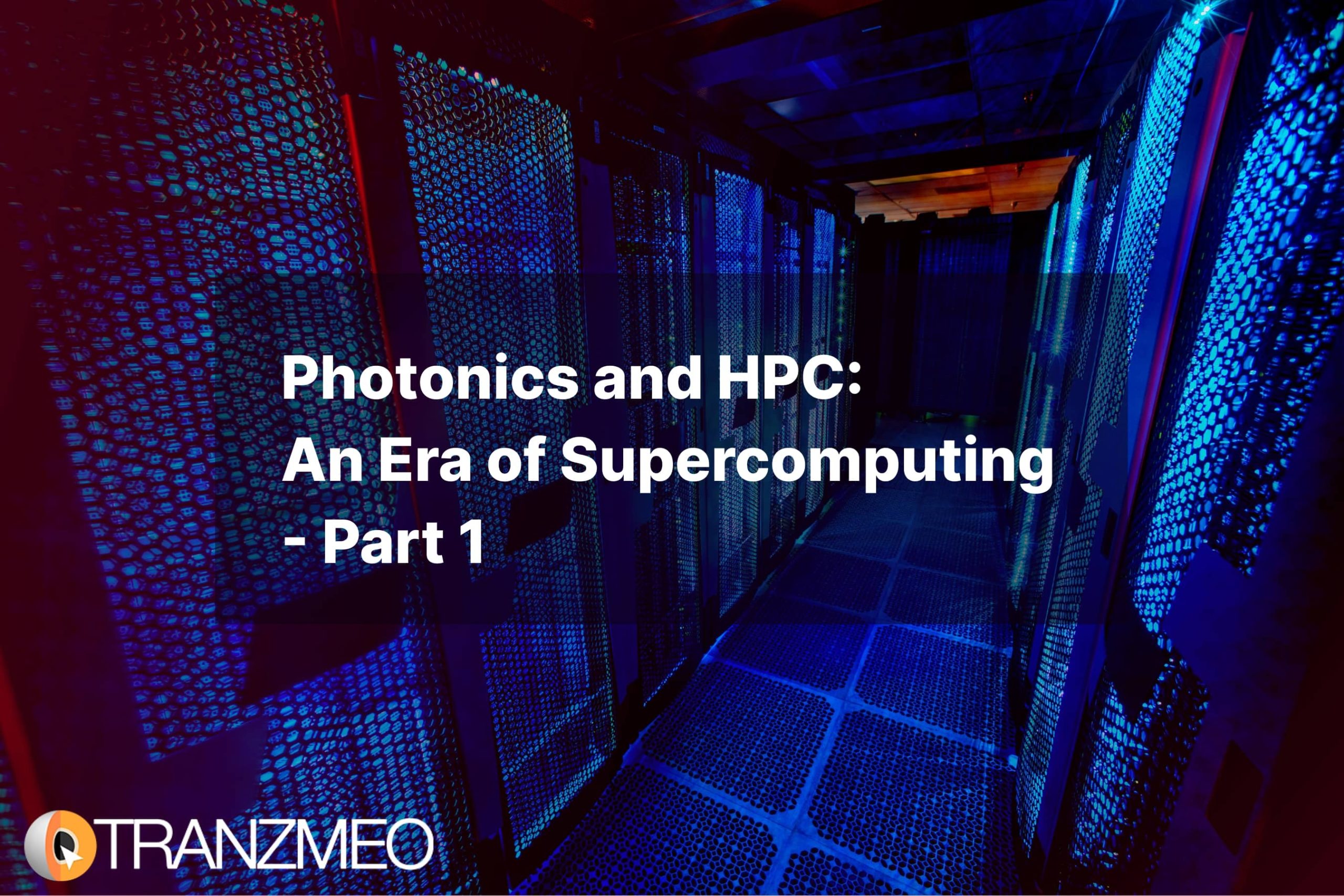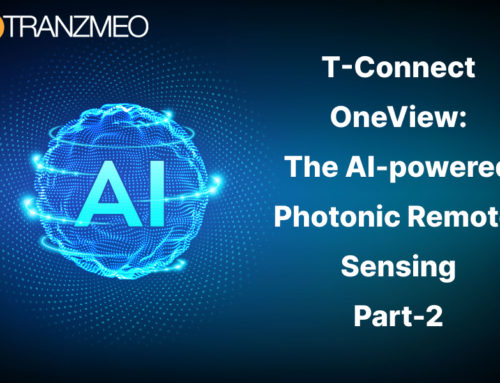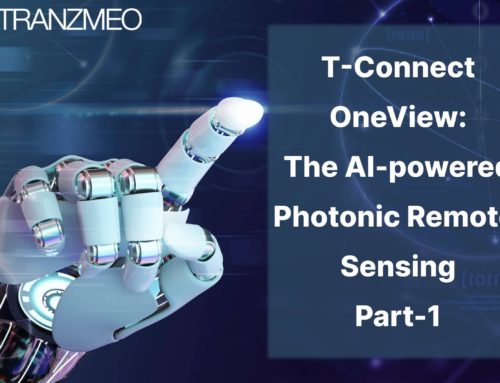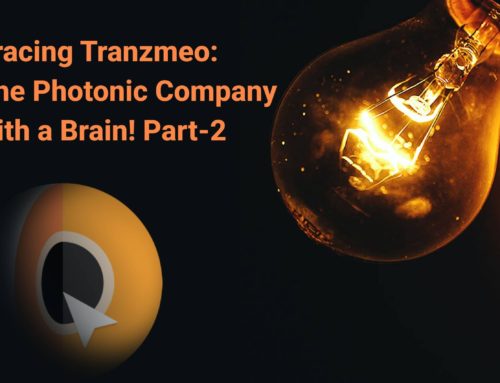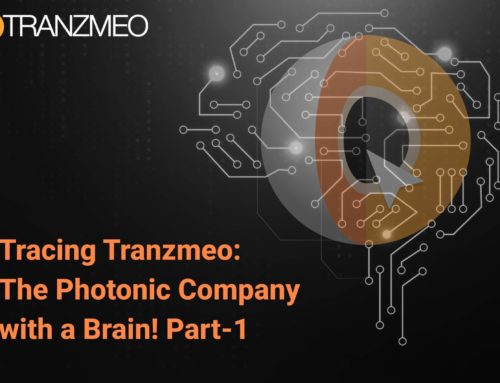Photonics couldn’t unleash its maximum potential in the previous century because of the inept and underdeveloped technologies for its assistance and backing. We are aware that data drives everything in this twenty first century. Photonics devices and systems are capable of generating and transmitting huge quantities of data within no time. To store and organize this data, we were in dire need to upgrade our methods.
Data scientists were facing a major dilemma to manage this magnificent amount of data generated every day. When we were in need of a massive data analytics solution, High-performance computing came to the rescue. Integrating photonics with high performance computing has been a pivotal movement in the history of photonics. How did High performance computing or HPC change the scenario?
A new age of computing
In the 21st century, the amount of data generated has increased tremendously. The data generated per second exceeds 1.7 megabytes per second. According to Google’s data, For every internet search, approximately 1 Kj of energy is consumed.
As the name suggests, High performance computing or HPC solves the problems that have high amounts of data using distributed computing resources. This problem solving within a blink of an eye revolutionized the whole information technology domain and it was a dawn of hope for photonics researchers as well. The amount of data dealt with in HPC might range even from petabytes to zettabytes. High performance computing is capable of doing double billion calculations per second.
In a high performance computing system, there will be a cluster manager which redirects the work further into distributed resources. These resources are interconnected through an internal network. High performance computing upgraded leading edge areas such as bioinformatics, Big Data analysis, astrophysics, molecular dynamics, cyber security, and others.
To perform complex calculations, high performance computing implements the process of parallel data processing. High performance computing offers much faster and better performance than traditional computing. It has also paved the way for new advancements such as artificial intelligence, machine learning, and IoT. It also improved the processing speed of the devices which is a hundred times greater than the regular computers.
What is Silicon photonics?
The first large-scale deployment of photonics systems was in the 1990s in the telecommunication sector. Since then there were so many hindrances and limitations in the course of photonics. During that time even laser light wasn’t coupled into a fiber. One of the major issues faced in the integration of photonics with electronics systems was the silicon bottleneck.
To hop over the silicon pathway which hinders photons from the operating computer, scientists started researching how to integrate silicon and photonics. As a result, a brand new branch called silicon photonics started. Silicon has been an integral and irreplaceable part of electronic devices since decades ago.
Silicon photonics takes effort to embed optical components and circuits into silicon films along with other microelectronic components. However, this wasn’t such an easy task for them. But they succeeded in integrating photonics circuits on a silicon substrate which is lesser in cost.
Conclusion
High processing speed is the primary requirement for the photonics industry, and it is the core impact of high performance computing as well. Industries all over the globe were looking for a cost-friendly implementation of devices. High performance computing lowers the cost by increasing efficiency.
The computing performance was increased by using most modern CPUs and GPUs and they also use low latency networks and block storage devices. The faster and more efficient running of applications increases the production efficiency and it also lessens the need for multiple systems at work. This gives the merit of cost-effectiveness to the industry.
High performance computing has applications in day-to-day life as well. Nowadays, government organizations and sometimes even academic institutions are relying on high performance computing to solve complex problems and store huge amounts of data. In the last decade, we saw a surge of improvements in the component performance and integration complexity of photonic devices.
High performance computing and artificial intelligence complement the photonics industry to a great extent. HPC aids the AI in model training whereas AI helps HPC in queuing and processing the workloads. It maximizes the resources of HPC systems. HPC and photonics are working together in so many areas such as manufacturing, healthcare, oil and gas, aerospace, automotive, financial services, meteorology, media, entertainment, etc.
